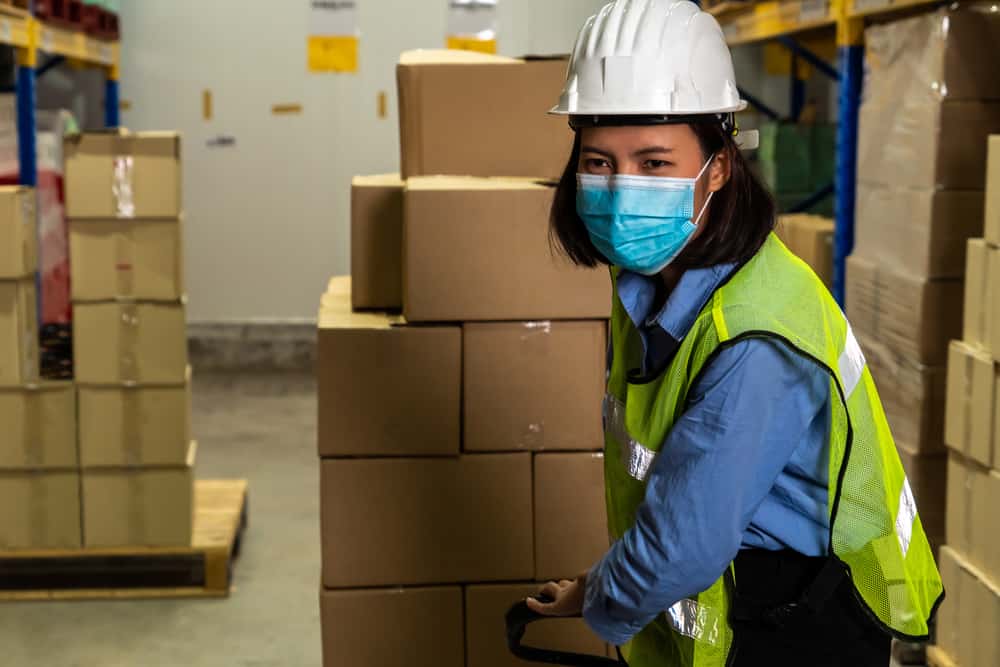“Substandard goods are filtering into the country! Counterfeit goods are endangering lives daily! Deaths as a result of fake anti-malarial drugs are on the rise” These are all headlines that have been gracing the pages of newspapers and screens of news reports in emerging markets and even some developed markets. The prevalence of counterfeiting is on the rise and corruption is playing a huge role in this increase. Corruption and counterfeiting go hand in hand in the sense that the basis and the idea of counterfeiting come from a corrupt state of mind, corrupt values, corrupt way of doing business amongst other things.
Levels of Corruption and Counterfeiting
Individual
The individual that chooses to make corrupt decisions to produce counterfeit products is a principal factor in the ecosystem. The individuals decide to make these products for personal financial gain by destroying the lives of their fellow individuals. Some may argue that if they make fake bags and shoes in comparison to the original, they are not harmful to the person’s health. They are however financially hurting the individual especially when they were deceived that they were getting an expensive product from the original manufacturers.
Economy
The economy also plays a part in encouraging counterfeiting. No individual should be moved by hardship to start a business that harms others. However, some may argue that due to the harsh economic times, they resorted to easier ways to make money. These methods may not necessarily be easier as they still require efforts but they leverage on the existing brand names to push their substandard goods into the market. In some emerging markets where corruption is prevalent, there is also a high penetration rate of counterfeit goods.
Government Officials
When goods are shipped into a country, the government officials at the borders are responsible for ensuring that only original and quality products are allowed into the country. The consumables need to be tested, research of the logistics of those products need to be researched and fake products intercepted. Sometimes, this is not the case. Government officials are sometimes bribed to allow those goods to filter through the markets. The rewards from these deals may seem more attractive to them due to harsh economic conditions and also the values of the individual are compromised.
From the few areas discussed, it is clear that based on human behavior and circumstances surrounding them, they are more likely to make less than desirable decisions that may end up affecting thousands or even millions of people because of corrupt desires. While this is a harder problem to solve, technology helps to filter through human behaviors.
Once brands agree on implementing technology into their overall supply chain, they can weed out human error and possibly corruption from their supply chain. The products leave their original location, companies track them even through customs to the retailers and even to the intended consumer. The consumers scratch the labels on the products to verify they have purchased an original product and they consume safe products. One of such technologies that can help with this issue is the Sproxil Informer. The Sproxil Informer is a robust track and trace system that helps brands secure and monitors their global supply chains, from the manufacturer through the warehouse to the retailer and all points in-between, with optional consumer engagement to provide true end-to-end security.
What other ways can corruption be linked to counterfeiting?


